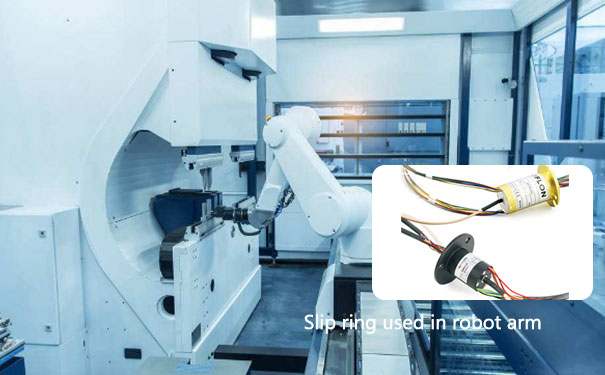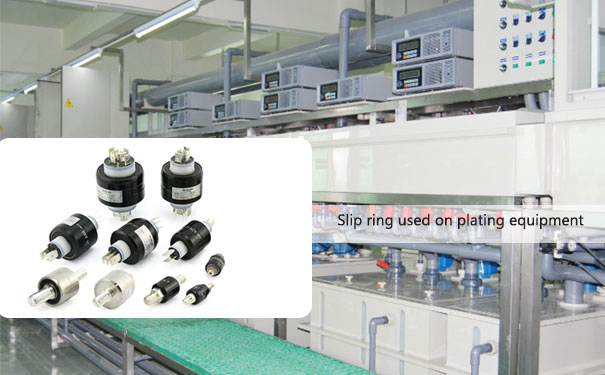The slip ring is available in various assembly patterns which we shall discuss ahead. but before that how do we decide what kind of slip ring assembly pattern fits a certain situation? Choosing a particular slip ring assembly depends on the various mechanical aspect of the device. It includes design pattern of the device at hand and the space retirement or more precisely the space constraint to which the is subjected too. Each kind of setup has its own benefits and drawback.

Different type of slip ring assemblies
1.capsule slip ring assemblies
In case of capsule slip ring assemblies, the ring itself is positioned at the center of the rotational axis of the assembly. Considering the space constraint, which is quite the case in various devices this kind of slip ring assemblies proves to be highly beneficial. Having said that, this assembly pattern also has some drawback which results from its design cue and the problem we are referring to here is the crosstalk isolation.
2. Platter style assembly pattern
The Panther style design pattern includes a microstrip design cue in unison with platter assemblies. This helps to bring into the scheme of things low profile along with a high bandwidth recourse for the application of slip ring packaging.
The addition of microstrip design pattern augur's the band with of the slip ring, which needs a through bore inclusion in their system. When we talk about its drawback we need first take into account one of the advantages of having a large diameter. The real deal with large inner diameter slip ring is that they improve the level of bandwidth. As a result of which the jittering which occurs in transmission cannot be avoided.

3. Through bore assemblies
The above-mentioned slip ring assembly pattern makes way for the inclusion of a through bore for a subassembly, shaft and assembly clearance. Such through bore slip ring assembly usually have large diameter rings which help in maintaining the impedance matching. On the sidelines, it also helps in controlling jitter with inclusion certain another key component. So, the user can derive the advantage of large diameter and at the same time prevent jitter.

Each of these slip ring assembly pattern has one thing in common they all rely on sliding electrical connect which is established through motion between the slip ring and the brush. There are certain parameters which need to be taken into consideration while choosing the conductive and the type of slip ring and brush system also features in the list. Now, the wrongly chosen slip ring with sliding brush and contact often results in increasing level of resistance which in turn increases both the level of noise and thermal heat. The inclusion of the above elements in the system hampers the functioning of the transmission lines, so obtaining a quality transmission setup does not end with picking the right slip ring assembly pattern. In fact, it starts with choosing the assembly pattern which is carried through the next step of choosing the right kind of ring and brush.
